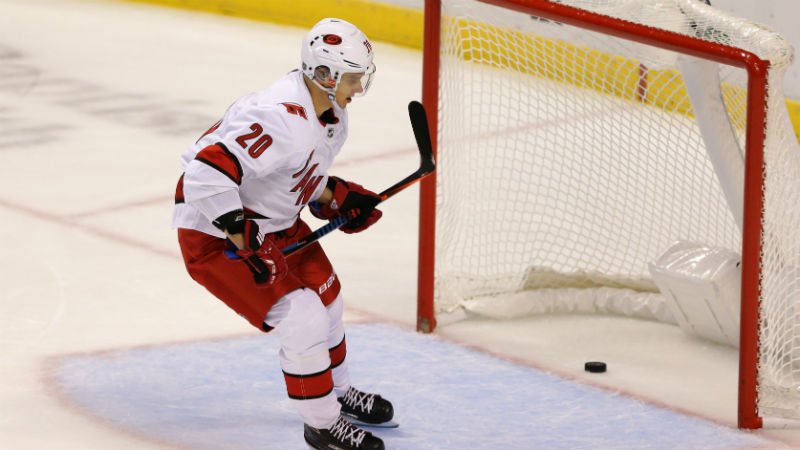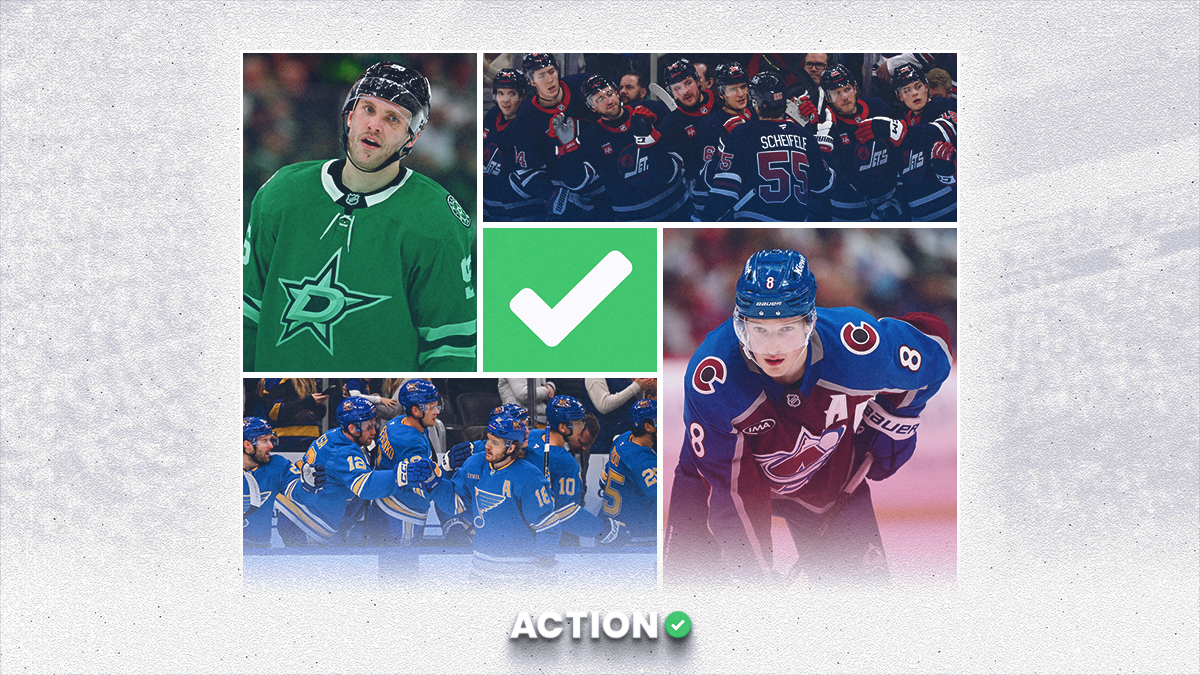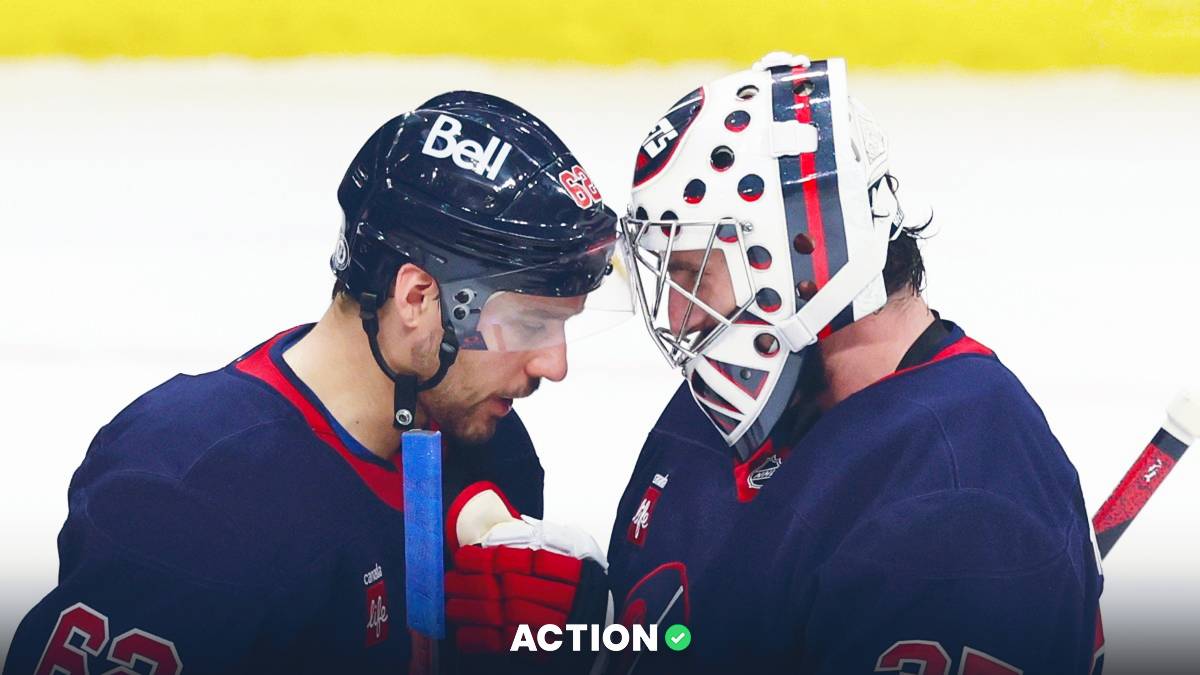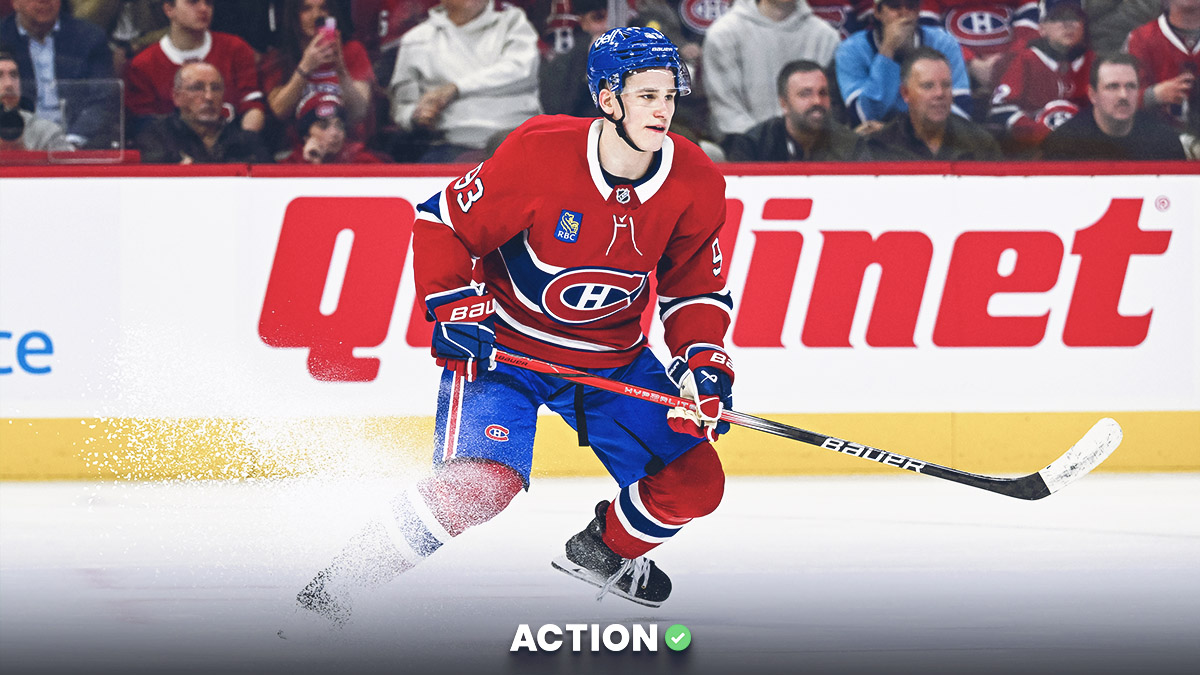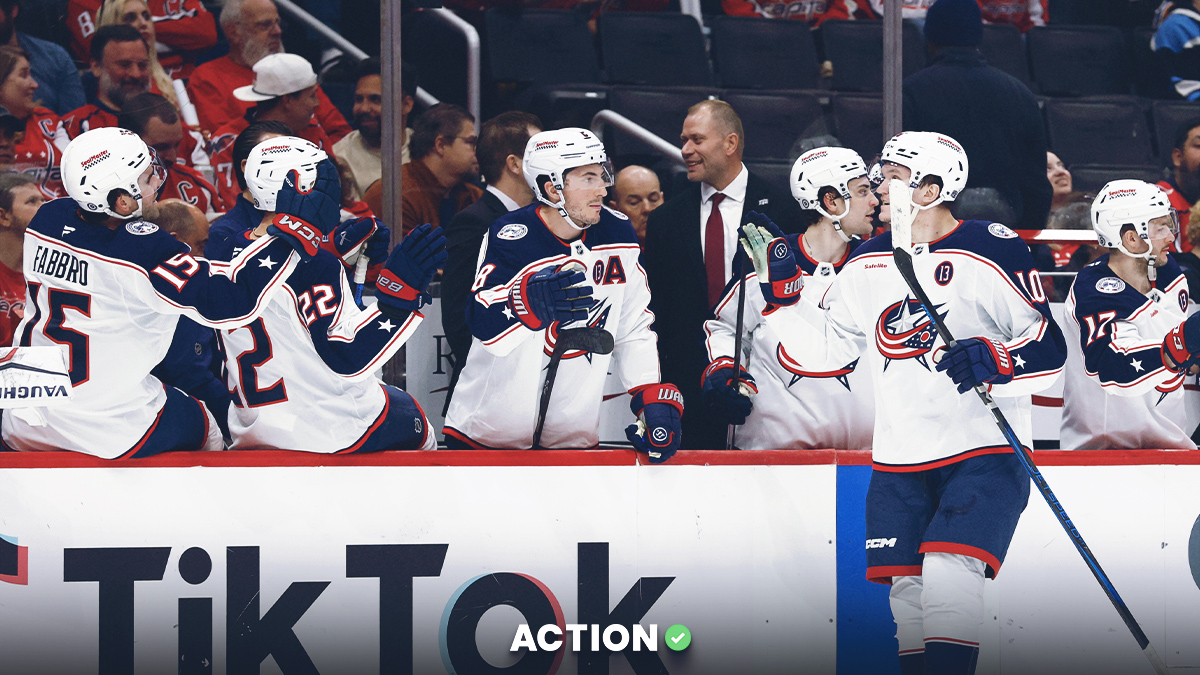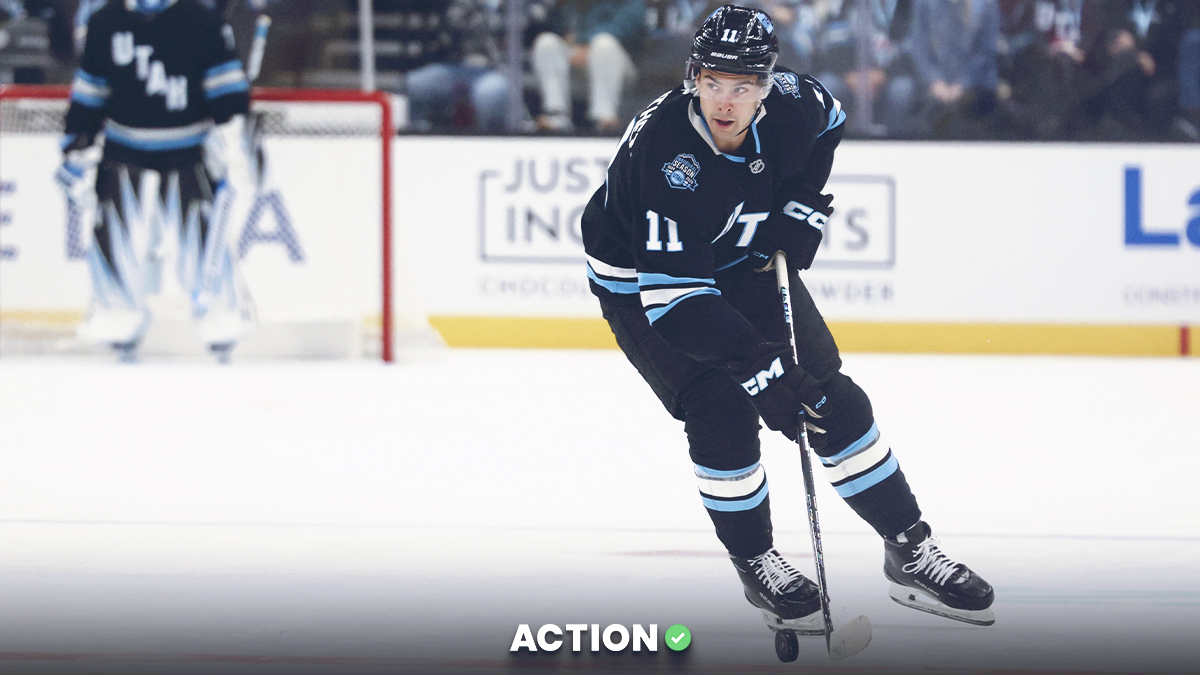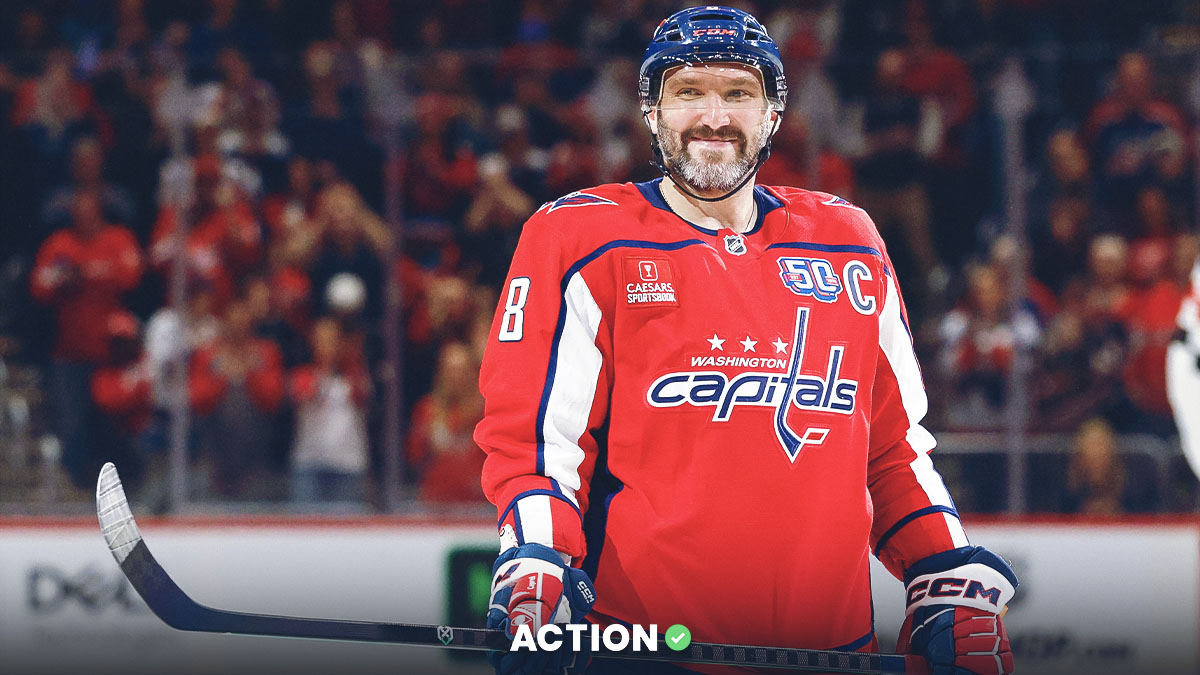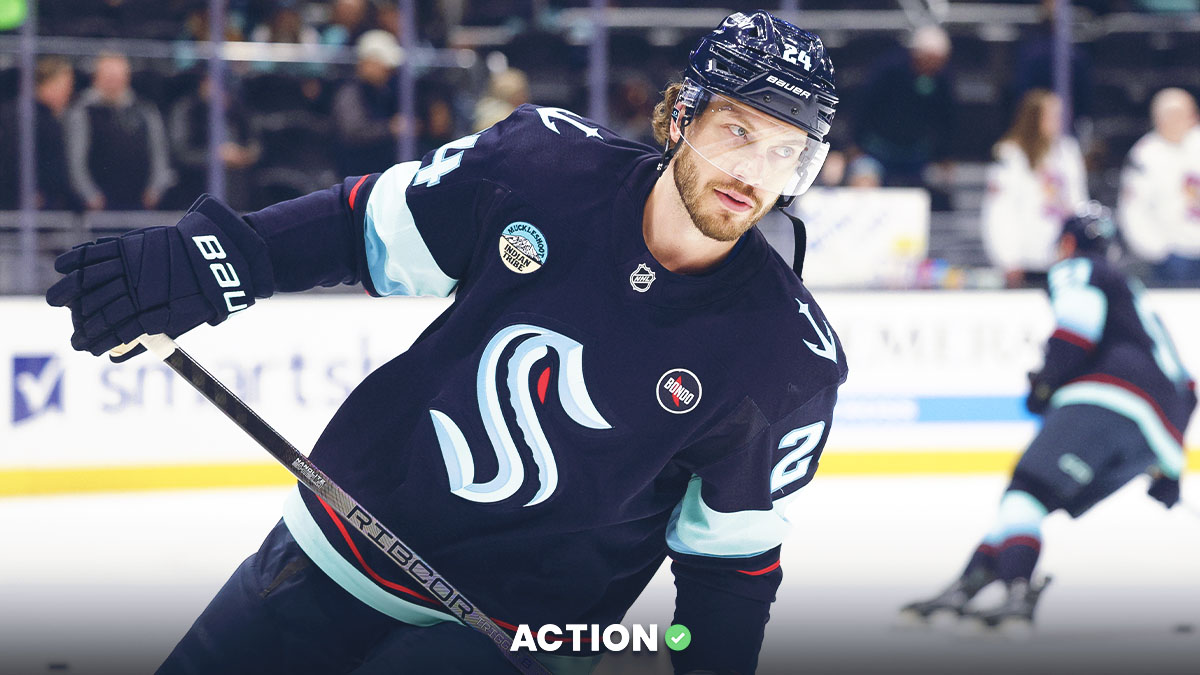UPDATE: The NHL says it's looking into potential causes for changes in shot tracking data, according to ESPN.
So much wonderful NHL data has been made public in the last decade, and it's had terrific application for bettors.
Anyone who made money off the Hurricanes' excellent second-half run in 2019 or the Blues' revival and eventual Stanley Cup knew these teams were better than their traditional stats and results were showing early in the year.
This season, the NHL broke a lot of it by changing the way it tracks shot coordinates, and it's screwing with every "expected goals" statistic and many forward-looking projection models.
Most statistics outside of basic counting stats like goals and assists rely on accurate shot coordinates — everything from expected goals and high-danger chances to defensive efficiency and goaltending.
We're not sure why this changed, or if it's a mistake. But be very cautious trusting any xGoals models from this season until further notice (not that you should be taking a five-game sample as gospel anyway).
Evolving Wild, one of the best public resources for NHL data, was among the first to uncover these changes on Monday night, and it's caused quite the upheaval in the hockey analytics community.
Yeah, so it looks like there is something very different about how the NHL is recording event location coordinates this season… and, umm, it's not great. Thread incoming
— EvolvingWild (@EvolvingWild) October 15, 2019
There's so much that goes into a statistic like expected goals, but it aims to define how often a shot should have gone in based on the shot type and location.
And it seems like the NHL is tracking all shots further away from the actual distance that we see on video.
That's led to fewer expected goals than actual goals. Usually, these numbers should be pretty close.
One thing stood out clear as day. I'm pretty damn certain my location on Ellis's shot about 2 minutes and 48 seconds into the 2nd period is spot on.
I had (-51,42), the NHL PBP had (-47,31).
To illustrate the difference, here's the shotplot – my spot is right on the wall pic.twitter.com/bRZYmBdy5Z
— Bryan (@projpatsummitt) October 15, 2019
Take a look at this clip below — this goal was very clearly scored from closer than 6 feet away. The apex of the crease is six feet, and Anthony Mantha pokes it in from well inside the blue paint.
Looking at some video, I noticed a weird trend in the distances of events – they were all recorded several feet further away from the net than in the past. In addition, xG values this year are down across the board. This Mantha goal was recorded 6ft from the net, 37% xG: pic.twitter.com/d8BbCVdGbx
— EvolvingWild (@EvolvingWild) October 15, 2019
We may find out more in the coming days about why and how the NHL changed its data, and the smart people on Hockey Twitter will update their expected goals models eventually.
But until then, tread lightly when using these statistics from this season.


